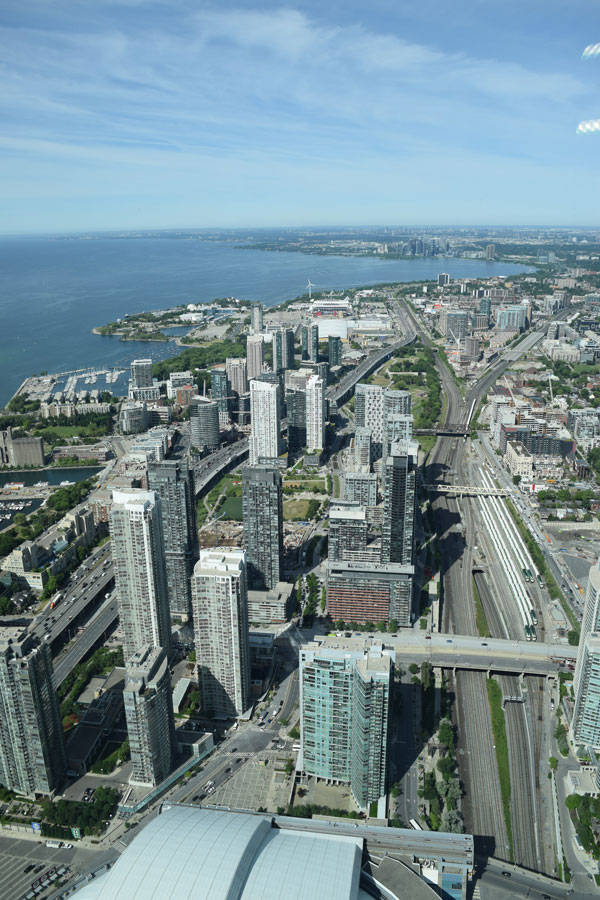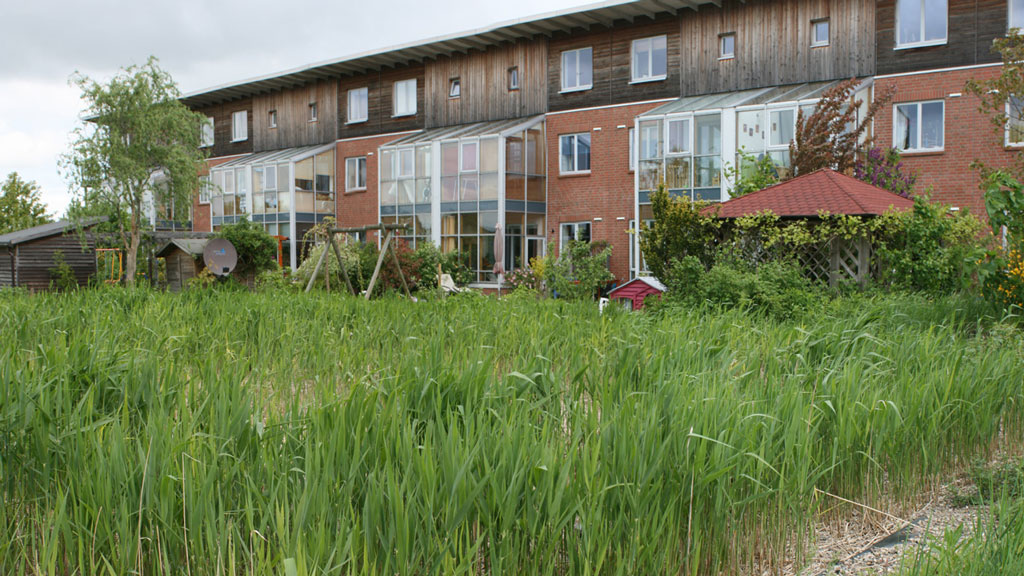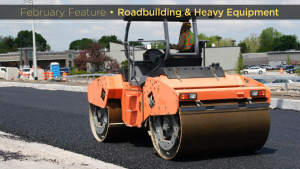A new guide to climate-resilient building around the globe documents the escalating property and human costs of climate disruption, highlights the need to develop green and blue infrastructure solutions and targets improved knowledge transfer throughout construction.
Released July 6 by the UN Environment Program (UNEP), the document is called A Practical Guide to Climate-resilient Buildings and Communities. A live-steamed global presentation featured the UNEP’s Eva Comba, the report co-ordinator, and lead authors Rajat Gupta of Oxford Brookes University, Mittul Vahanvati of RMIT University and Jacob Halcomb of SEfficiency.
The guide has a heavy focus on climate resistance in developing nations but with transferrable lessons to developed nations such as Canada and the United States and warns that floods and wildfires are creating accelerating risks on this continent as well.
“Why did we decide to focus on the buildings and construction sector? Because buildings can be key drivers of vulnerability when they are ill-suited to their local environment, and when they are strongly exposed to extreme climate conditions they largely contribute to high human and economic losses,” said Comba.
“On the other side we also see that smartly designed and constructed buildings can ensure the safety and well-being of the residents and they can actually protect them against climate change impacts.”

Comba noted a World Bank study showed that investing in more resilient infrastructure could save humanity more than $4.2 trillion, and another recent study indicated that adopting the latest building codes produced by the International Code Council will save on average $11 per dollar invested, “which makes it a very cost-efficient adaptation measure,” Comba said.
There were 91 million people affected by natural disasters across the globe in 2019, and US$210 billion in global losses from natural disasters in 2020.
It’s expected 1.6-billion urban dwellers will be exposed to extreme high temperatures by 2050 and 800 million people living in 570 cities will be vulnerable to sea level rise and coastal flooding by 2050.
Comba said the actual adaptation costs for the developing world alone are estimated to be currently at $70 billion per year, and it’s a number that is going to increase to reach an estimated $300 billion per year by 2030.
Gupta referred to record-setting heat episodes in Canada and the U.S. in recent weeks in pointing to the need for heat-mitigation strategies even in temperate climates. The need is heightened in high-density areas, he added.
“This gets even more exacerbated because of poor building design and operation because the buildings are not designed to manage heat,” he said.
“We also have in cities what we call the urban heat island effect where you have higher temperatures in the city than the rural areas and this can further be exacerbated by the housing density and the housing quality, so building design matters.”
Offering comment from a Canadian perspective, Thomas Mueller, president and CEO of the Canada Green Building Council (CaGBC), sent a statement noting that enhancing climate-resilience is imperative for all buildings in cities large and small.
“Last month’s heat wave in British Columbia is just one example of how the built environment must adapt to face more extreme weather events and keep people healthy and safe through unforeseen weather events.”
The federal government and agencies like the CaGBC have a major role to play through adopting and promoting green building programs and standards such as LEED and the Zero Carbon Building Standard, Mueller said.
He also praised the guide’s espousal of nature-based solutions (NBS), which he called an area of tremendous potential.
“Nature-based solutions, tied to low-impact development and green building practices, can help to mitigate risks,” stated Mueller.
Referring to NBS, the report argued the vulnerability of an individual building is greatly influenced by its broader context. Green-blue solutions will mean an increased focus on preserving and enhancing ponds, wetlands and riparian zones.
NBS to combat heat vulnerability can have broader co-benefits such as flood management, drought management, dust reduction, improving biodiversity, increased health and well-being of residents, and improved air quality.
Gupta discussed how trees and other buildings can provide shading and that vegetation and buildings on sites can capture and direct wind flow for natural ventilation or cooling effect.
Designers need to minimize east-west-facing wall lengths and develop high albedo (reflective materials) strategies to cool roofs, added Gupta.
The UNEP has prioritized passive design solutions over those that require more technical or complex inputs such as mechanical heating or cooling systems.
Halcomb expanded on one theme of the guide, which is that resilient people beget resilient buildings.
“They really come together, hand-in-hand, and attention should be paid to the needs of the inhabitants and building users of all ages, genders, financial means and physical ability,” he said. “Risk reduction and adaptation really benefit from whole-of-life thinking.”
Follow the author on Twitter @DonWall_DCN.











Recent Comments
comments for this post are closed